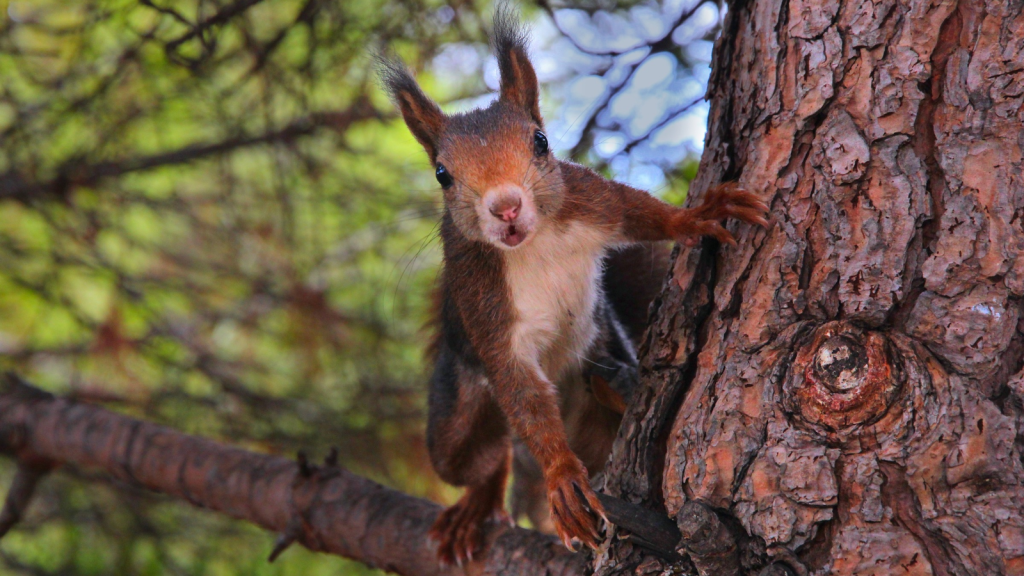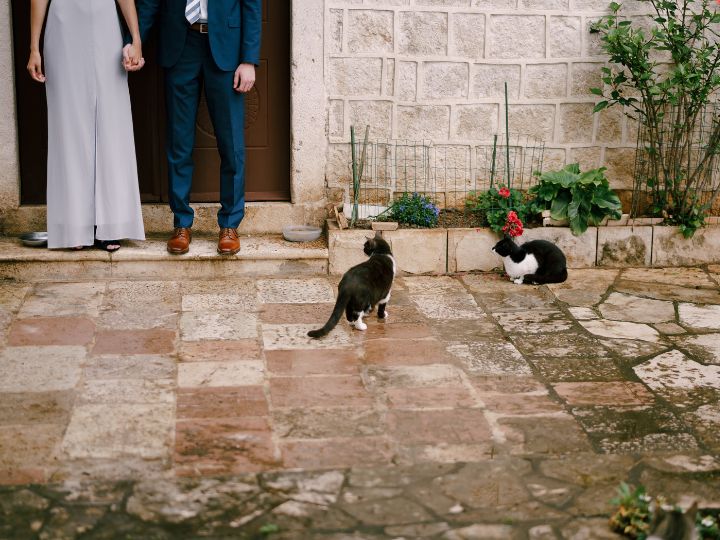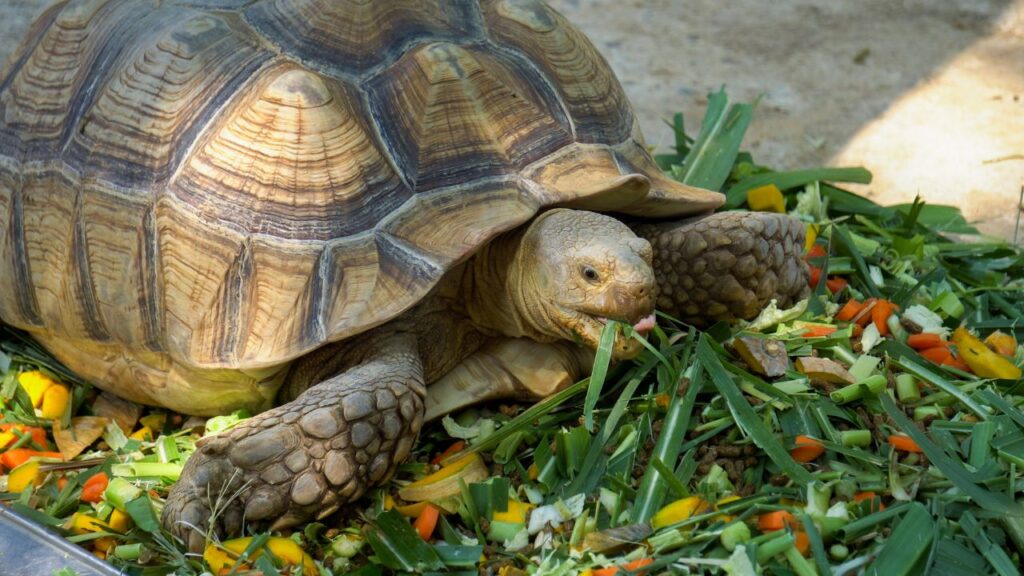Red squirrels are one of Britain’s most beloved woodland creatures, yet they’re becoming increasingly rare in many parts of the country. These charming, bushy-tailed mammals have been a part of our forests for thousands of years, but today they face numerous challenges. Despite their declining numbers, red squirrels continue to captivate us with their acrobatic skills and endearing behaviours. There’s more to these little creatures than meets the eye, though. From their unique adaptations to their complex social lives, red squirrels are full of surprises. Here are 18 fascinating facts about our native red squirrels that might just change the way you see these woodland wonders.
They’re Not Always Red
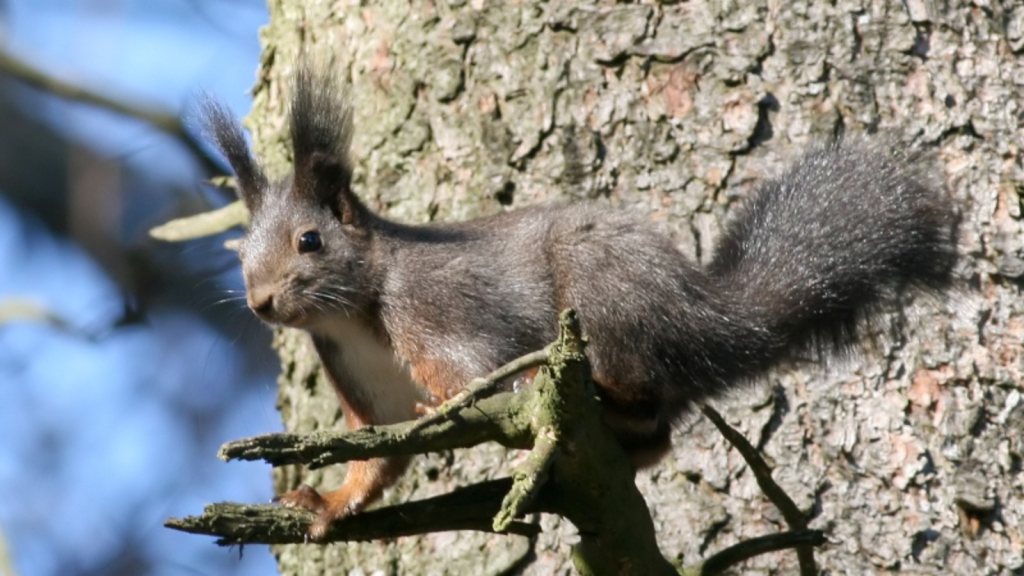
Despite their name, red squirrels come in a variety of colours. While many are indeed a rusty red, some can be brown, grey, or even black. This colour variation is due to genetic differences and can sometimes change with the seasons. In winter, their coat often becomes thicker and greyer to provide better camouflage and insulation. Interestingly, the ear tufts, a distinctive feature of red squirrels, can range from barely visible to very prominent, regardless of the squirrel’s overall colour.
They’re Fantastic Swimmers

Red squirrels are surprisingly good swimmers. They can cross rivers and even small lakes when necessary, using their tail as a rudder. This ability helps them colonise new areas and escape predators. They’ve been known to swim up to 2 kilometres at a stretch. Their fur is water-resistant, which helps keep them buoyant and warm during these aquatic adventures.
They Have Built-in Sunglasses
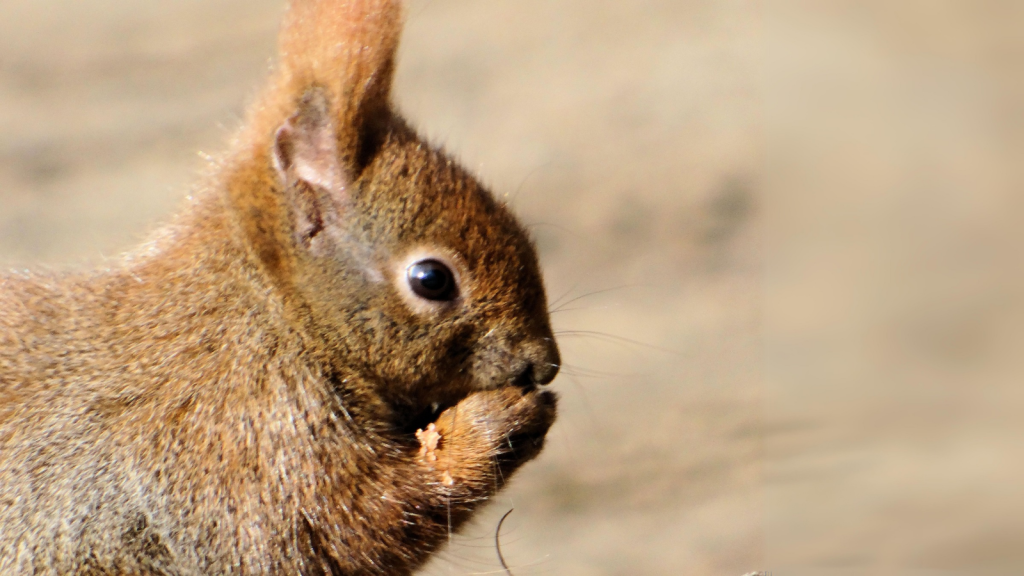
Red squirrels have a unique adaptation to help them see in bright sunlight. The pigment in their eyes changes colour seasonally, becoming paler in summer. This acts like a pair of built-in sunglasses, reducing glare and improving their vision when foraging in sunny treetops. This adaptation, known as the tapetum lucidum, also enhances their night vision, allowing them to be active in low light conditions.
They’re Twice as Fast as Usain Bolt
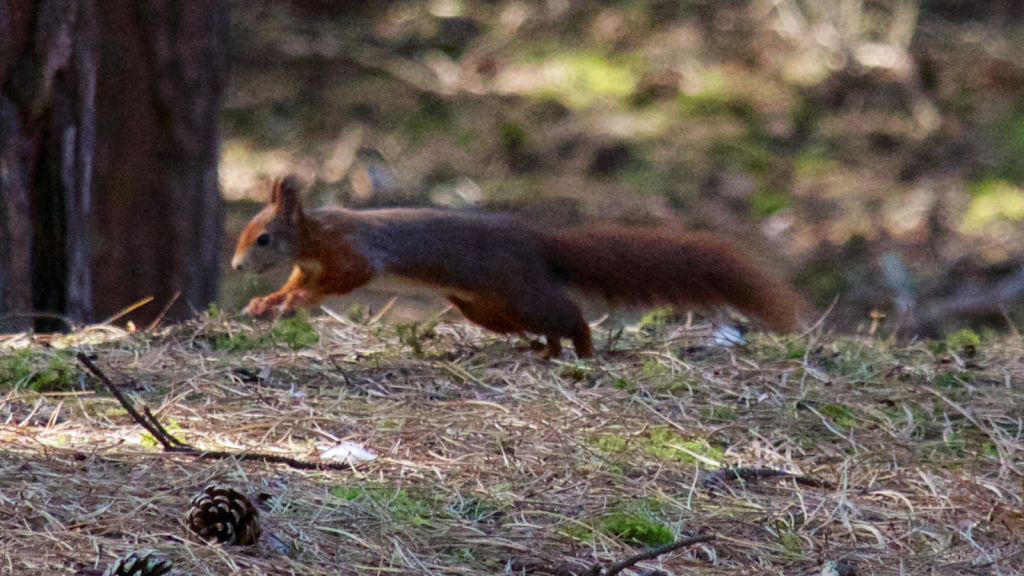
Red squirrels can run at speeds of up to 20 miles per hour. When you consider their size, this is incredibly fast – proportionally more than twice as fast as Usain Bolt’s top speed. They use this speed to escape predators and chase each other during mating season. Their agility is further enhanced by their ability to change direction quickly, making them expert escape artists.
They Can Turn Their Ankles 180 Degrees
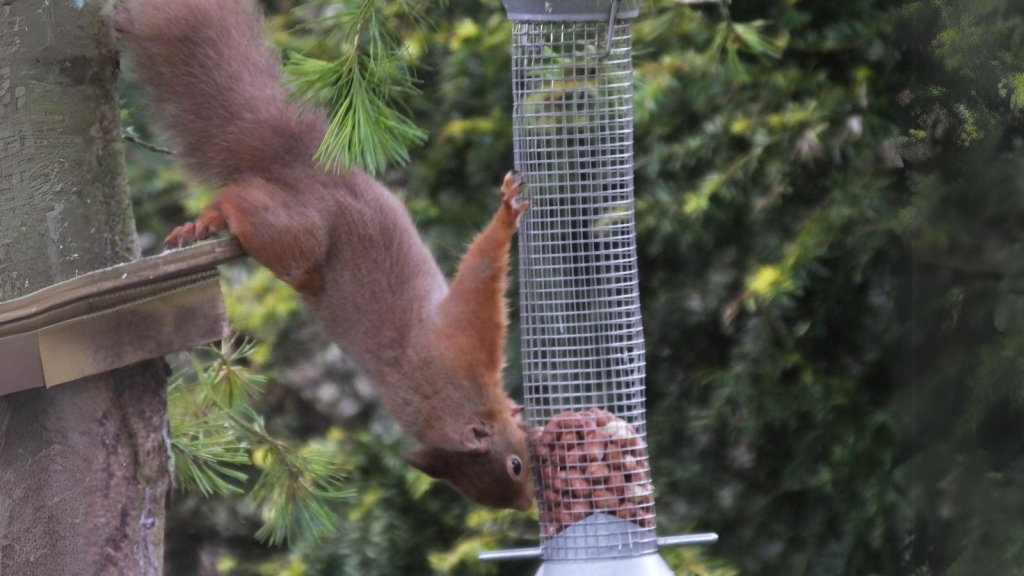
Red squirrels have incredibly flexible ankles that can rotate 180 degrees. This allows them to run head-first down trees with ease. It’s a crucial adaptation for life in the treetops, giving them unparalleled agility and grip as they scamper about. This unique joint structure also enables them to hang upside down effortlessly while feeding.
They’re Clever Problem Solvers
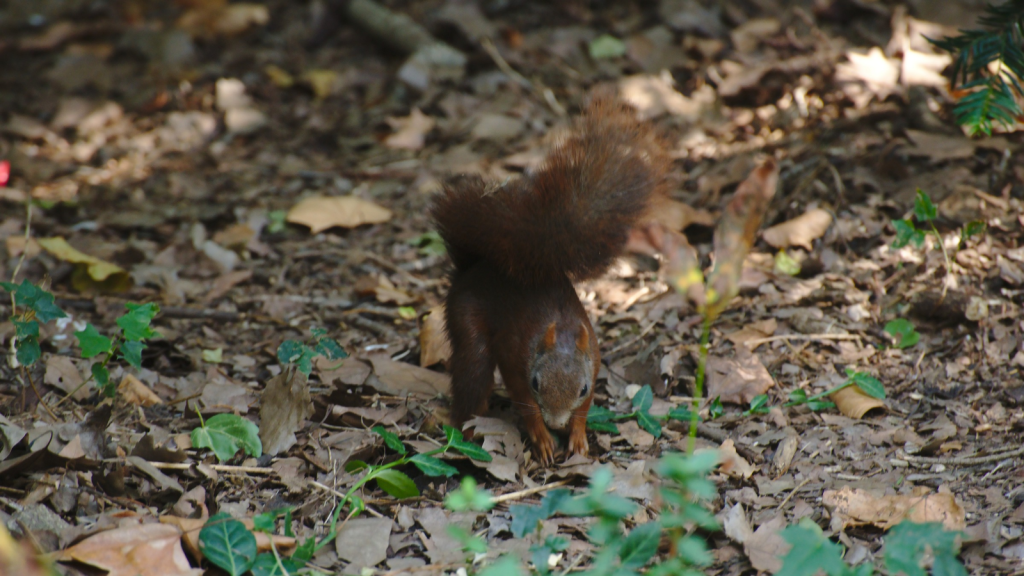
Red squirrels have shown remarkable problem-solving abilities. In experiments, they’ve demonstrated the capacity to overcome complex obstacles to reach food. They can remember the locations of thousands of buried nuts, and have even been observed pretending to bury nuts to fool potential thieves. Their spatial memory is so good that they can remember the locations of their caches for months, even under snow cover.
They Build Multiple Homes
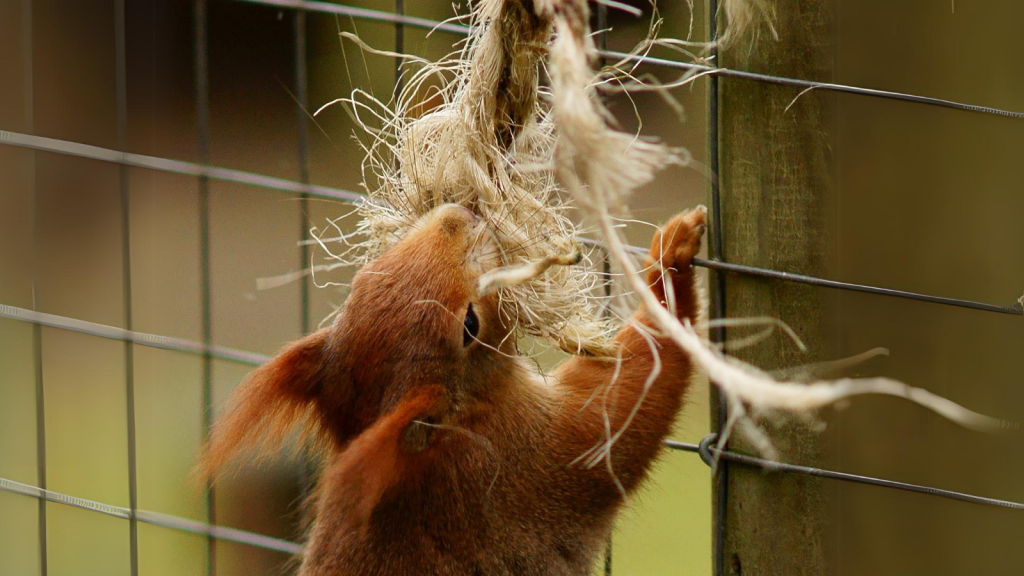
A single red squirrel will build several nests, known as ‘dreys’. These are typically spherical and made from twigs, leaves, and moss. They’ll have a main drey for sleeping and raising young, plus several others as back-ups or temporary shelters. Some dreys can last for years if well-maintained. During breeding season, females may build special nursery dreys with extra insulation for their kittens.
They Can Detect Ripe Nuts by Sound

Red squirrels have an incredible ability to tell if a nut is good to eat just by shaking it. They can hear the kernel rattling inside if the nut is ripe. This skill helps them avoid wasting energy on opening unripe or empty nuts. Their hearing is so acute that they can detect the sound of a pine cone opening from over 50 metres away.
They’re Officially Endangered in England and Wales
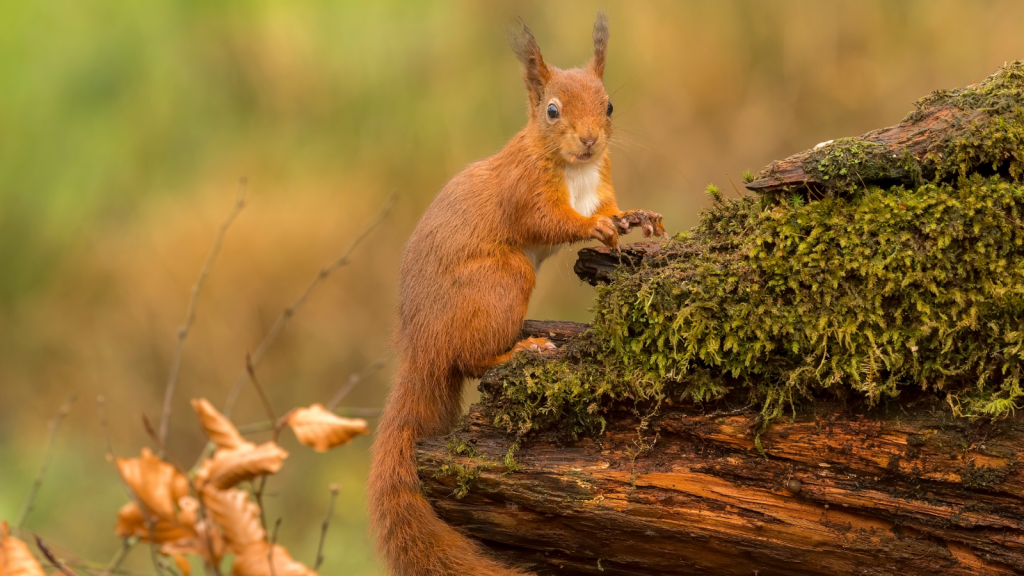
Despite being widespread in Scotland, red squirrels are endangered in England and Wales. Their population has declined by over 95% since the introduction of grey squirrels in the 1800s. Today, there are estimated to be only about 140,000 red squirrels left in the UK, compared to over 2.5 million greys. Conservation efforts are ongoing, with several dedicated red squirrel sanctuaries established across the country.
They’re Early Risers
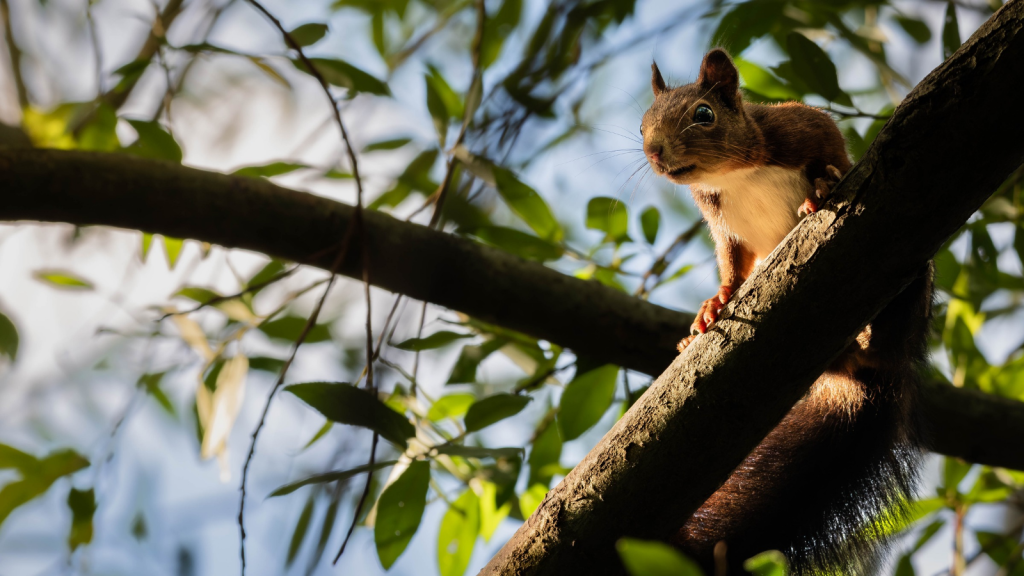
Red squirrels are most active just after dawn and before dusk. They’re usually up and about before most other diurnal animals, giving them first pick of the day’s food. This early rising habit also helps them avoid some predators. During the breeding season, they may be active throughout the day, taking only short rest periods.
They Don’t Hibernate
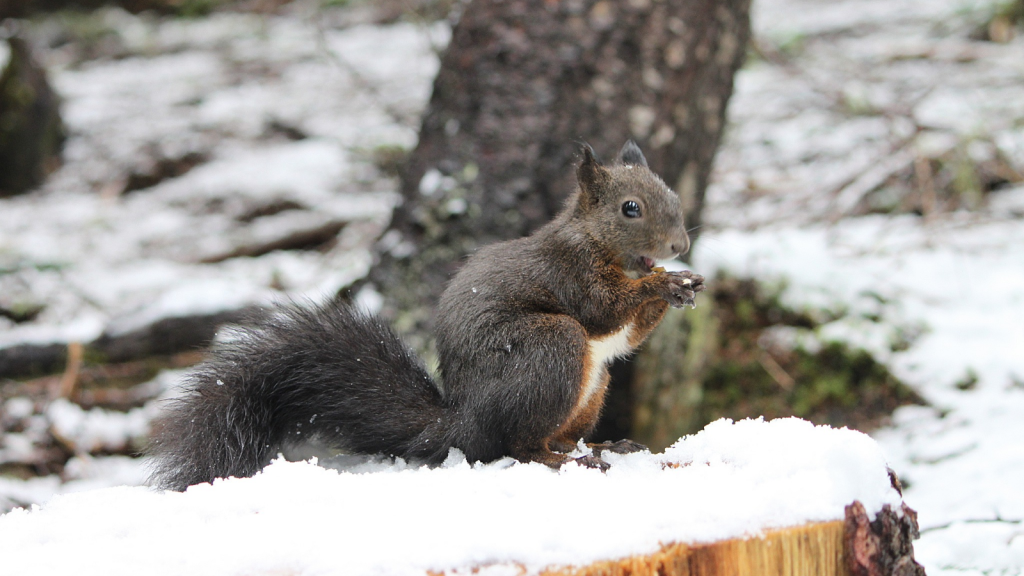
Unlike some other small mammals, red squirrels don’t hibernate in winter. They remain active year-round, relying on their cached food stores and thick winter coats to survive the cold months. They may become less active during particularly harsh weather, but they never truly sleep the winter away. In preparation for winter, they’ll spend the autumn months building up fat reserves and creating extensive food caches.
They Have Impressive Jumping Skills
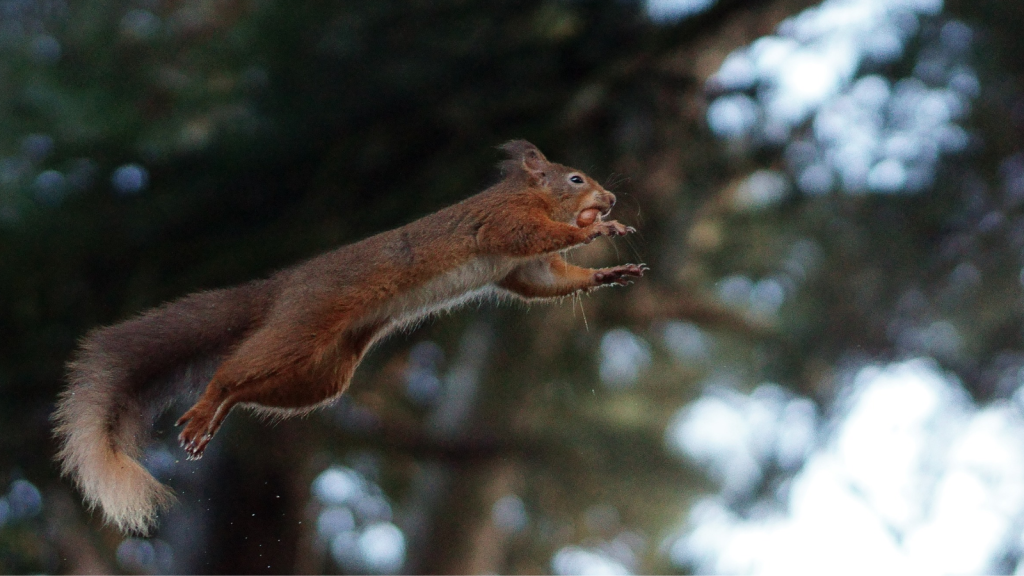
Red squirrels can leap up to 2 metres vertically and up to 6 metres between trees. Their powerful hind legs and sharp claws make them excellent jumpers and climbers. This ability allows them to move quickly through the treetops and escape ground-based predators. Their tail acts as a counterbalance during these acrobatic feats, helping them to make precise landings.
They’re Mostly Vegetarian, But Not Always
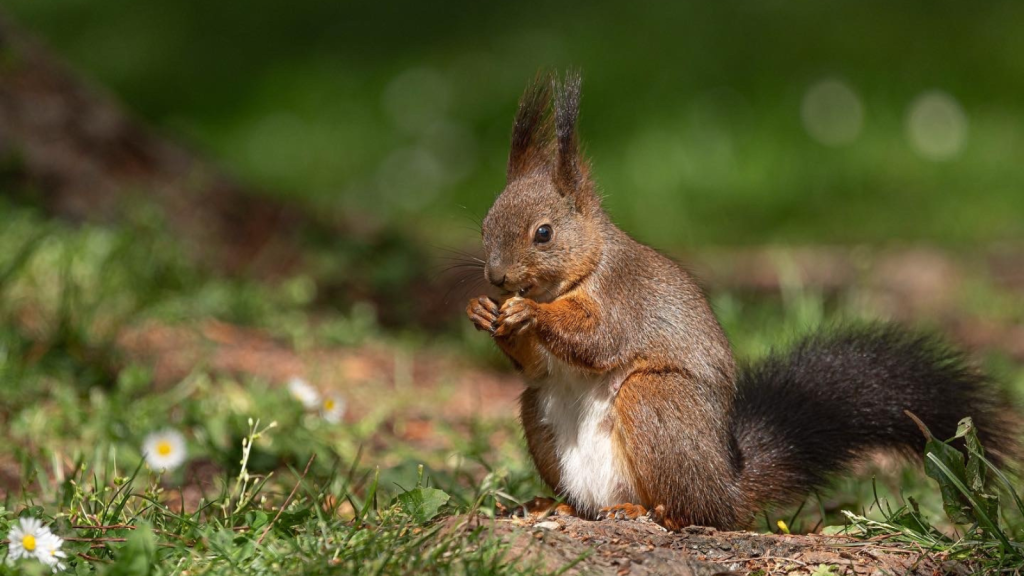
While red squirrels primarily eat seeds, nuts, and fungi, they’re not strictly vegetarian. They’ve been known to eat insects, bird eggs, and even small nestlings when other food is scarce. This adaptable diet helps them survive in various habitats and through changing seasons. They particularly relish the seeds of conifer trees, which form a significant part of their diet in many areas.
They’re Vital to Forest Regeneration
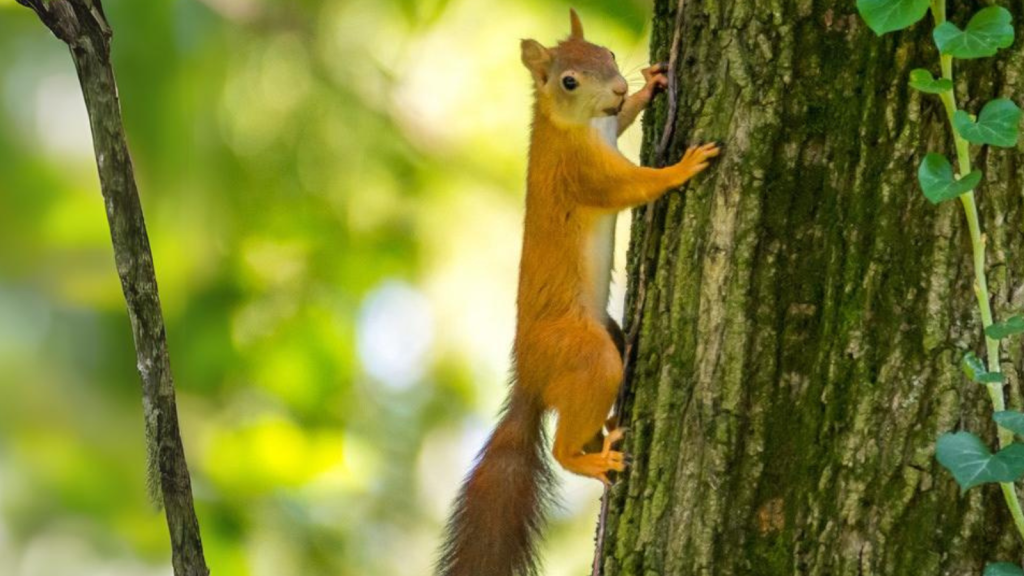
Red squirrels inadvertently plant thousands of trees in their lifetime. They bury nuts and seeds as winter food stores, but often forget where they’ve hidden them. These forgotten caches then sprout, helping to regenerate forests. A single squirrel can disperse seeds across an area of 100 acres. This behaviour makes them important ecosystem engineers, shaping the composition and structure of woodland habitats.
They’re Immune to Some Mushroom Toxins

Red squirrels can eat certain mushrooms that are poisonous to humans. They’re immune to the toxins in some fungi, allowing them to take advantage of a food source that other animals can’t use. This ability gives them a competitive edge in foraging. They’re particularly fond of truffles, and their foraging for these underground fungi helps spread truffle spores throughout the forest.
They Use Their Tail as a Blanket
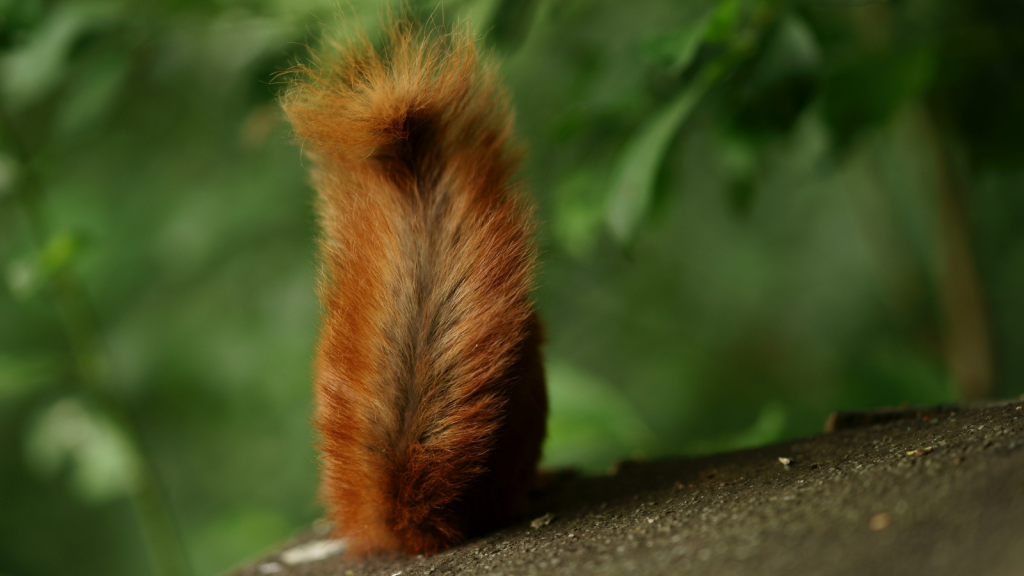
A red squirrel’s tail isn’t just for balance and communication. In cold weather, they wrap their bushy tail around themselves like a blanket for extra warmth. The tail can increase a squirrel’s body size by up to 20%, significantly reducing heat loss. This clever use of their tail allows red squirrels to maintain their body temperature even in harsh winter conditions.
They Have Two Breeding Seasons
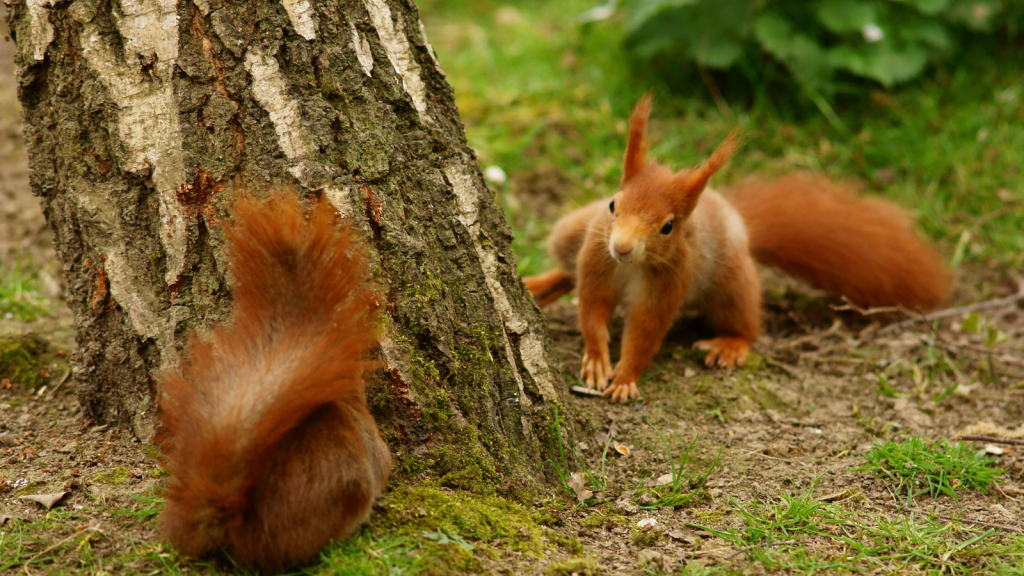
Unlike many mammals, red squirrels can have two litters in a single year. Their main breeding season is in spring, typically between February and April. However, if food is plentiful, they may have a second litter in summer, usually between June and August. Each litter typically consists of 3-4 kittens, though litter sizes can range from 1 to 6. This reproductive strategy allows red squirrels to quickly rebuild populations in favourable conditions.
They’re Excellent Communicators
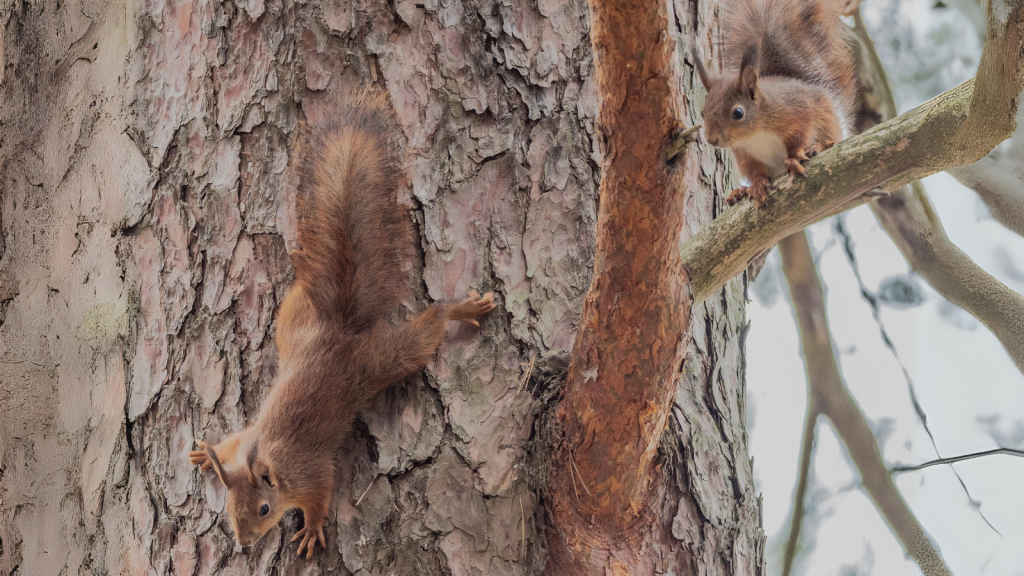
Red squirrels have a complex system of vocal and visual communication. They use a variety of calls, including a ‘chuk-chuk’ alarm call, a low-pitched ‘quaa’ for territorial defence, and high-pitched ‘mik-mik’ sounds during mating chases. They also communicate through body language, using tail movements and postures to convey information. For example, a tail flick can signal annoyance, while a tail wave might be used to attract attention during mating season. This sophisticated communication system helps them navigate social interactions and warn each other of potential dangers.

